Ferdinand Barbedienne
A Large and Finely Cast Neo-Grec Gilt and Patinated Bronze Jardiniere
£24,000
A Large and Finely Cast Neo-Grec Gilt and Patinated Bronze Jardiniere by Ferdinand Barbedienne. Signed 'F. BARBEDIENNE'. This rare Jardinière or...
Dimensions
Height: 30 cm (12 in)Width: 79 cm (32 in)
Depth: 30 cm (12 in)
Weight: 24.4 kg
Description
A Large and Finely Cast Neo-Grec Gilt and Patinated Bronze Jardiniere by Ferdinand Barbedienne.
Signed ‘F. BARBEDIENNE’.
This rare Jardinière or planter is a fine example of the ‘Neo-Grec’ or ‘Pompeian’ style modelled after the antique, which featured prominently in Barbedienne’s submissions to the 1855 Paris ‘Exposition Universelle’ and throughout the firm’s production.
Of rectangular form, the modelling is typical of the high-quality work Barbedienne produced at this time, finely cast in bas-relief with a procession of classical figures and animals, with foliate cast handles and exuberant fronded acanthus to each corner, terminating in claw feet.
French, Circa 1870.
Weight 24.4 kg
Dimensions of liner :
54 cm long at bottom by 15 cm wide
61 cm long at top by 22 cm wide
Depth of liner 23 cm
Date
Circa 1870
Origin
French
Medium
Gilt & Patinated Bronze
Signature
Signed 'F. BARBEDIENNE'.

Ferdinand Barbedienne (6 August 1810 – 21 March 1892) was a French metalworker and manufacturer, who was well known as a bronze founder.
The son of a small farmer from Calvados, he started his career as a dealer in wallpaper in Paris. In 1838 he went into partnership with Achille Collas (1795-1859), who had just invented a machine to create miniature bronze replicas of statues. Together they started a business selling miniatures of antique statues from museums all over Europe, thus democratising art and making it more accessible to households. From 1843 they extended their scope by reproducing the work of living artists and also diversified by making enamelled household objects. With the outbreak of the Franco-Prussian war in 1870 the firm briefly had to switch to cannon founding owing to the shortage of metals but resumed business afterwards. Following Barbedienne’s death in 1892, he was buried in the Père-Lachaise cemetery and the firm was carried on by his nephew Gustave Leblanc until 1952.
Among the principal artists reproduced by the firm were Antoine Louis Barye and Auguste Rodin.
YOU MAY ALSO LIKE
-
£7,500 Add to cart

Christofle et Cie.
A Pair of ‘Japonaise’ Style Silver Plated and Engraved Glass Decanters
-
£40,000 Add to cart
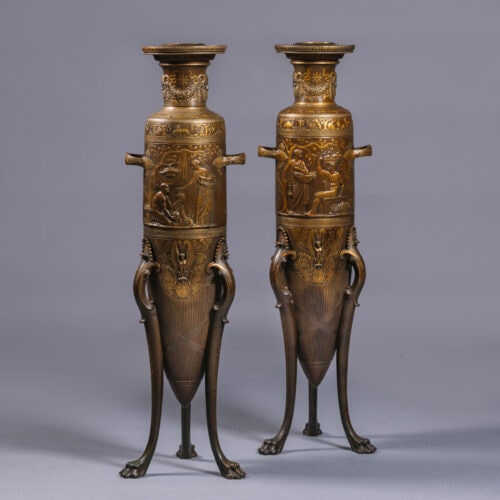
Ferdinand Barbedienne
A Rare and Large Pair of Neo-Grec Gilt and Patinated Bronze Amphora Vases
-
£14,000 Add to cart
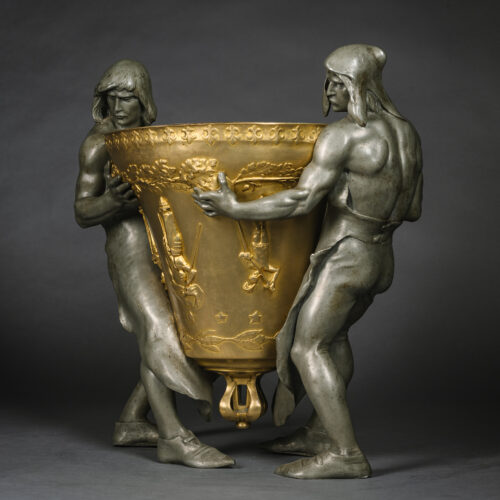
Louis Albert-Lefeuvre
A Gilt and Pewter Patinated Bronze Sculptural Jardiniere, Entitled ‘The Bell Founders Of The Middle Ages’, Cast By The Siot Decauville Foundry













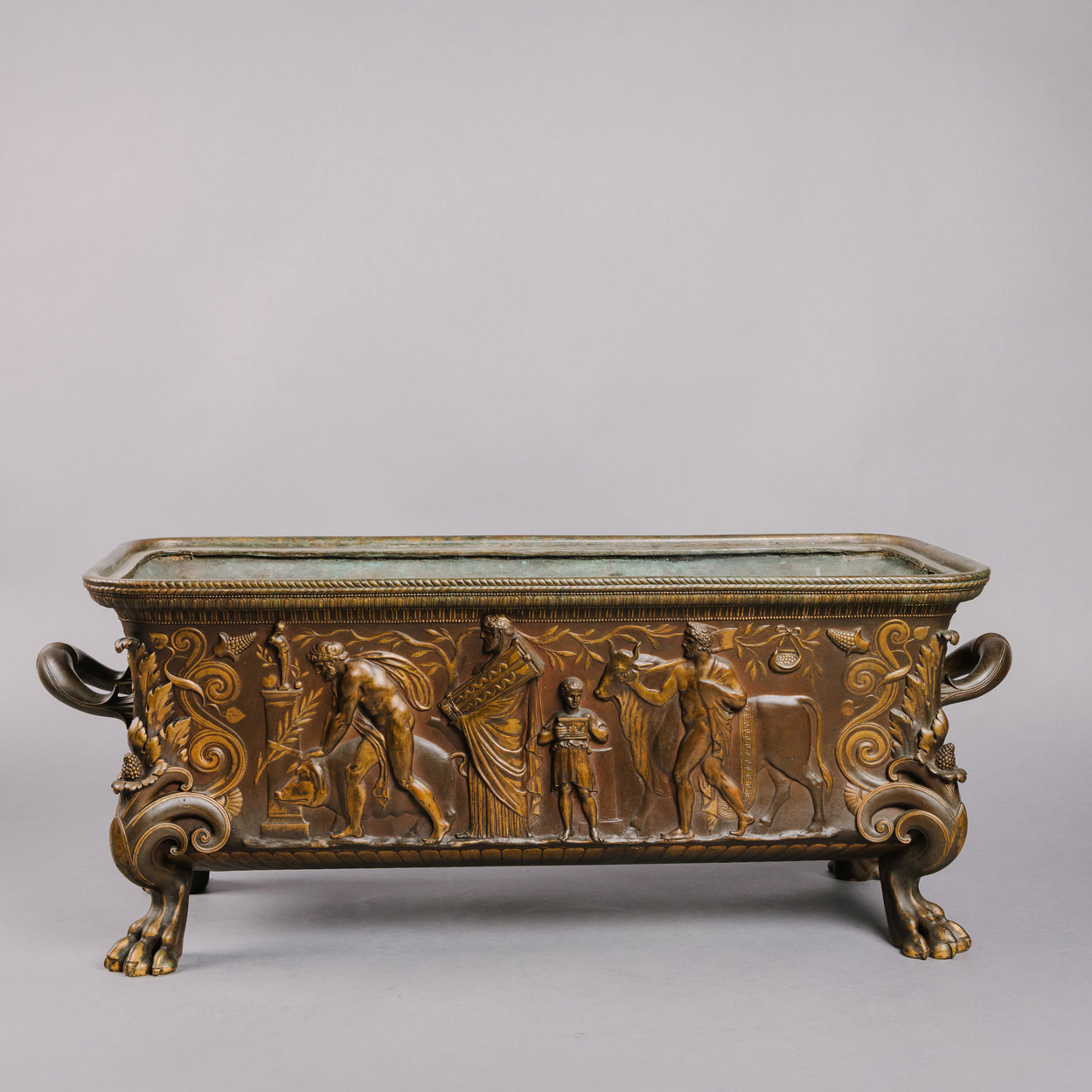

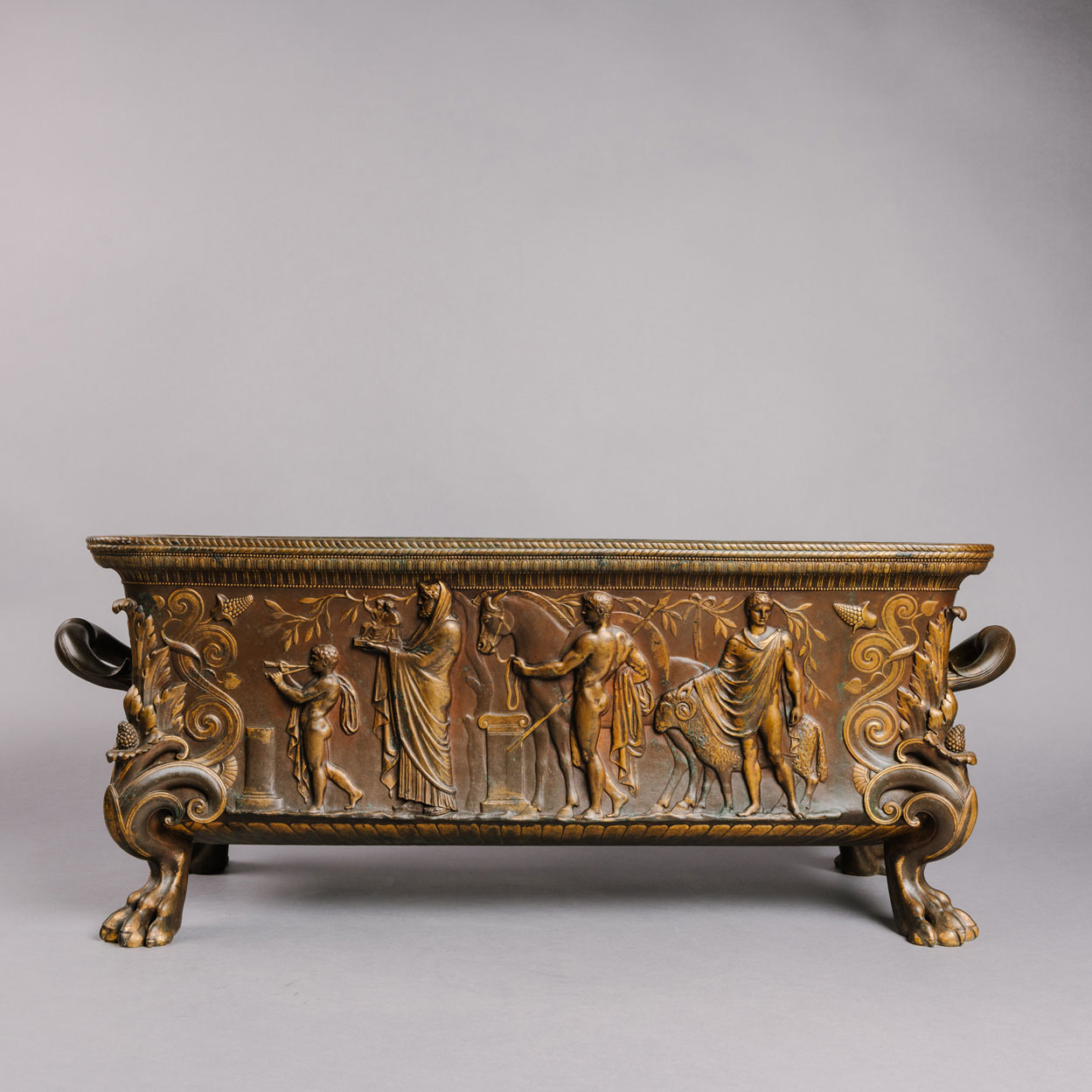

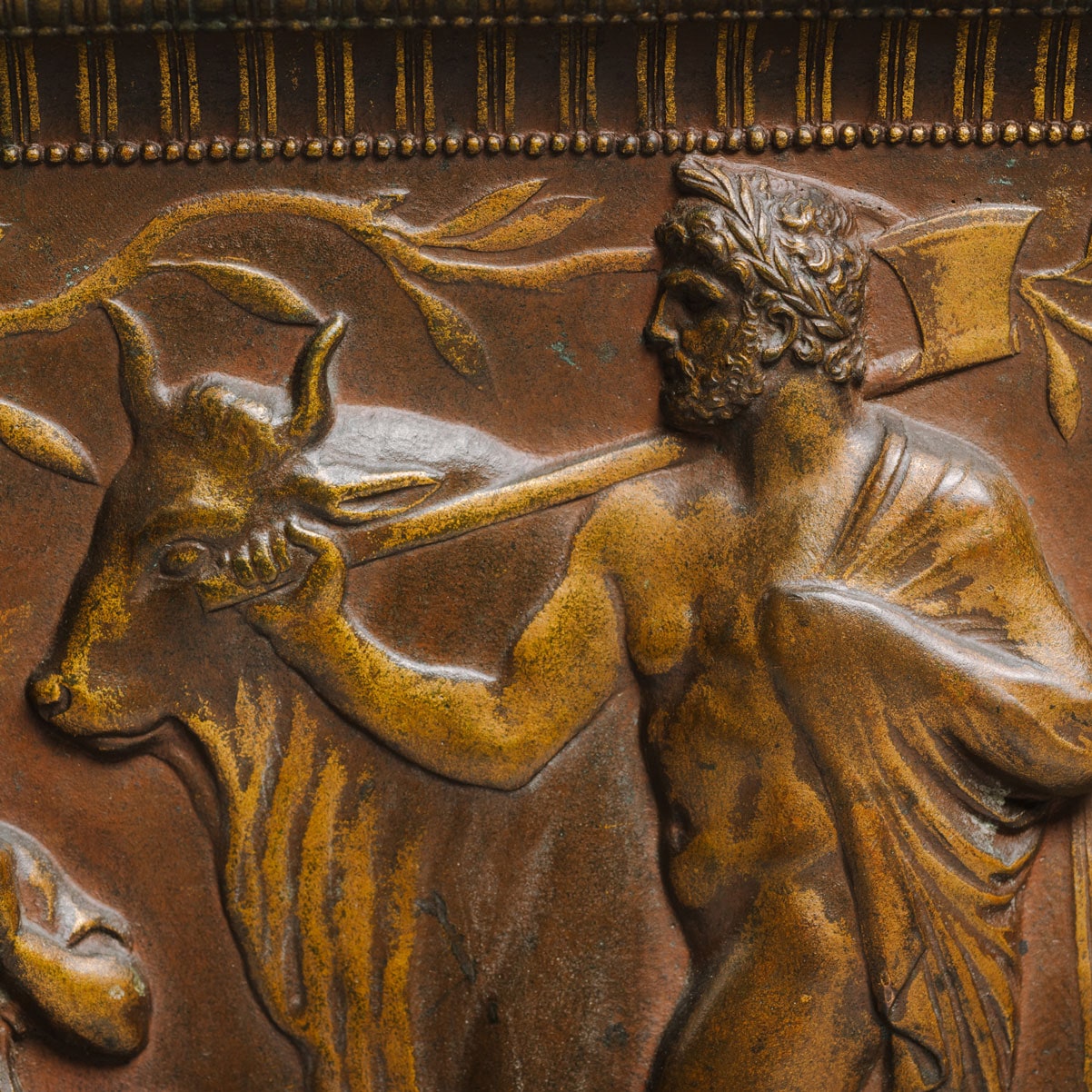






 Print
Print